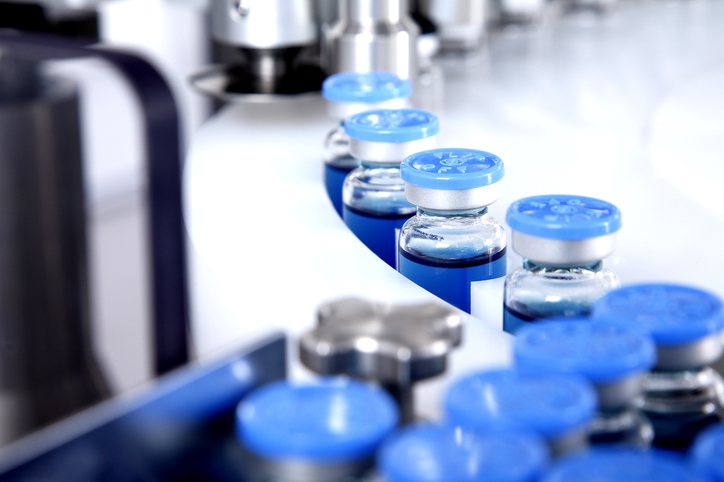Artificial intelligence’s (AI) predictive capabilities will help the vaccine industry optimize manufacturing, reduce production costs, and increase patient access to lifesaving jabs. That, at least, is the forecast of Addepally Uma, PhD, from the University College of Engineering, Science & Technology, Hyderabad, India, who is co-author of a new study looking at vaccine production optimization challenges.
“Vaccines are made using complex biological systems that require multiple unit operations to get pure antigen, which increases costs., she says. “For example, when making the recombinant protein component in vaccines, upstream media can account for 40–50% of the cost. Likewise, downstream operations like chromatography can represent 50–70% of the total manufacturing cost,” she tells GEN.
There are also challenges associated with protein expression systems, according to Uma, who adds, “The unpredictable nature of the microbes used during fermentation can be an issue. Sometimes recombinant strains revert to their wild nature even after 13 generations of propagation.”
Formulation and optimization
Formulation is another very costly part of vaccine production. notes Uma, “The stability of vaccines is a challenge. Disturbances during storage can cause rejection of the entire batch. Lyophilized powders are potentially a better option. However, any conformational changes to the antigen [that result from the freeze-drying process] may hinder its ability to elicit the desired immune response.”
Finding ways to optimize all stages of vaccine production is critical, according to Uma, who points to AI as a potential solution.
“AI-driven process optimization can predict optimal culture conditions, nutrient feed, and purification parameters to maximize yield. In addition, digital twins enable real-time simulation and troubleshooting without halting operations—reducing failure rates and improving process robustness,” she continues, while pointing out that in-process sampling is another area where AI-driven systems can make a difference.
“AI also facilitates automated sampling, in-line analytics, and robotic filling lines that maximize process output, reduce waste, eliminate manual errors, and reduce contamination,” she states. “Installing analytical sensors will reduce intermediate sampling and the associated cost of verifying the quality of the final product.”
AI can also help vaccine developers reduce upkeep and equipment-related costs through a process known as “predictive maintenance.”
“Predictive maintenance will allow us to identify patterns that indicate early signs of wear or failure of the equipment,” explains Uma. “Traditional maintenance often happens after a failure or on a fixed schedule, both can waste time. Predictive systems trigger maintenance only when needed, based on the data trend.”

